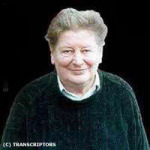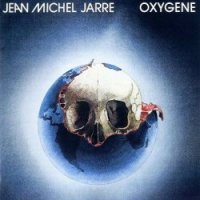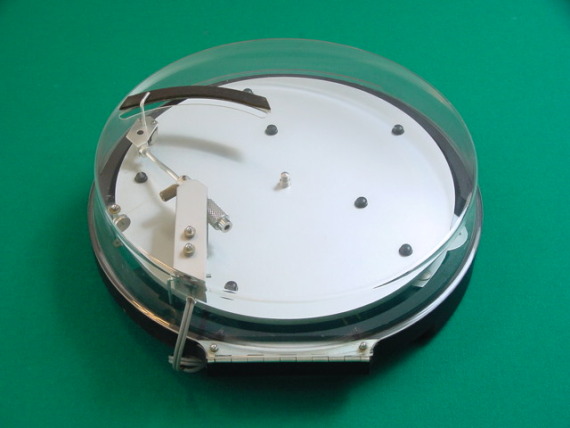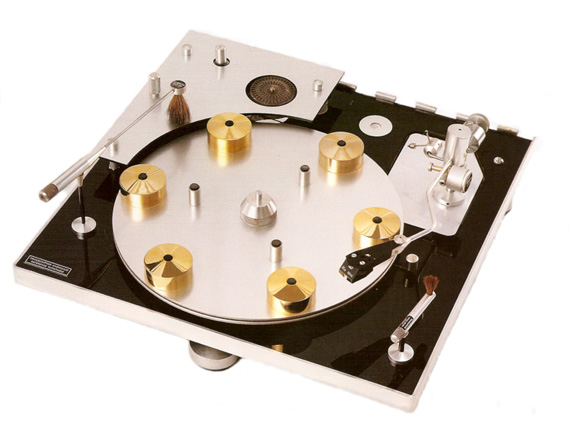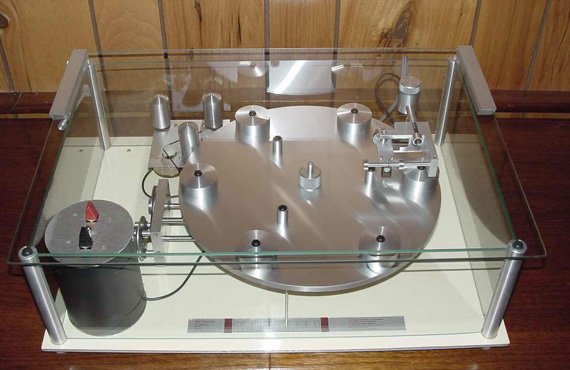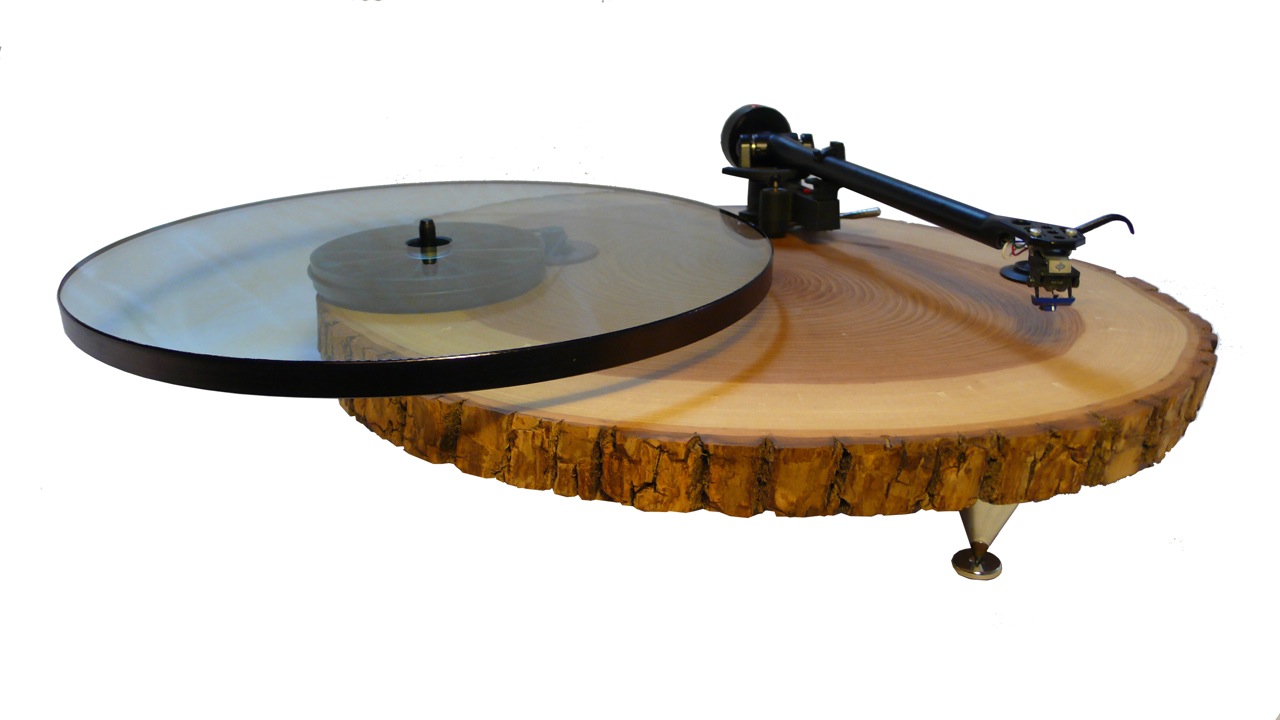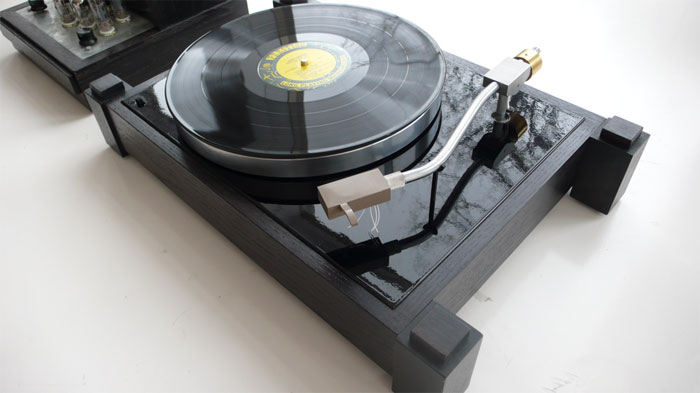
When I moved to NYC in 2002, I was fortunate to come across Etherea Records in the East Village. With a unique selection of CDs and records, they quickly became a one of my favorite destinations when looking for new music. While they weren't the biggest store in town, they always did a great job at making suggestions and sending me home with albums that quickly became the soundtrack to my life.
In March of this year, Etherea closed their store on Avenue A. We had a chance to ask Rich Kim, the owner of Etherea, more about his experience with vinyl, music, and running a record store in NYC. Here it is:
How did you first get started with records? What got you hooked?
I got my first vinyl LP (The Beatles’ Hard Days Night) as a gift from a friend who was re-gifting it, when I was 13 or 14. My sister also got me a used LP copy of Physical Graffiti (with the die-cut windows on the sleeve) around that time. A few years later, I got into indie labels like Dischord, Merge, and Simple Machines, and they all sold LPs and 45s of their bands. CDs were also available, but they were usually several dollars more than the LP version, so I bought the LP instead. It was fun to play a record, flip it over, and hear the other side. The artwork was a big attraction for me as well; I remember reading about the fold-out LP cover for the Beastie Boys’ Paul’s Boutique, and looking for that just for the cover.
When I got into buying 60’s and 70’s rock out of the dollar LP bin, I found they often sounded much better than the CD version, even with surface scratches (Hendrix’ Axis: Bold as Love is a good example). I also loved finding odd quirks, like the repeating run-off groove at the end of the Beatles’ Sgt. Pepper’s album, or phrases etched into the empty vinyl space by the label.
What prompted you to open a record store?
I had just graduated college in May of 1995, and I was working office jobs for a temp agency. I would daydream about what I’d rather be doing while at work, and one of the things I really wanted to do was work with music. There were some good record shops in NYC at the time, but there was no place you could go to listen to anything in the store; I thought if there was a place like that, I would go there to find new music. I thought that there was a need for a place like that, and I started to have more ideas about how my dream shop would be different and better than the ones that were already around.
How many records, cds, etc. did you have and what is the breakdown of new vs used?
I had about 5000 CDs, 2000 LPs on display at Etherea, roughly 70/30 new/used. I had twice that including overstock and boxes in storage. When I started I had a lot more used LPs and CDs, but I wanted to build up the new stock and it slowly began to dominate the inventory.
Did you specialize in a particular genre?
Not really, but early on I was more focused on shoegaze bands, and later a lot of people knew Etherea for the electronic music selection, which was not big, but carefully chosen and stocked with new artists from around the world. In the late 90’s, post-Aphex Twin and club music, there were artists really getting creative and coming up with new sounds and rhythms, even extreme ambient, melodic, and experimental music made with home computers.
How long were you open?
13 ½ years.
How did you decide what to put on the shelves?
I generally tried to follow music that I liked, and incorporate music my customers wanted.
How are you using the Internet to sell records?
I list electronic music primarily on Discogs.com, CDs on Amazon, and rare LPs on eBay. I also use craigslist on occasion to find collectors to dig through my record crates.
You recently closed your store in the East Village. What changes had you noticed? Why did you decide to close shop?
When I started my store, I made a commitment to myself to do it for 5 years; 5 years came and went, and the store was doing quite well for me. In the past few years, I began to have more ideas about wanting to explore other careers in my life, and the lifestyle of owning a shop started to wear on me, especially since I started a family. One of my employees approached me about taking the store over, and we drew up a contract, and it almost worked out, but the landlord refused to give him the lease at the very last minute, and I had to close the shop and move out. I think running a record shop in NYC has always been challenging, but it has been even more challenging with the recession combined with the rising cost of maintaining a storefront.
What are you up to these days?
I’m selling records during the day, out of my office and home, and studying to be an EMT at night. I spend the weekends with my daughter. I still have over 5000 LPs, and 5000 CDs, so I’ll be selling music on the side for a while.
What does the record store of the future look like?
I will always love going into a place that’s crammed with thousands of records, playing something I love or something I’ve never heard. I would love to see more listening stations, and meet friendly staff. A coffee bar would be in the corner, and some couches to sit and hang out.
To someone just getting started with vinyl, any words of wisdom?
You don’t need to buy a fancy turntable, but you do need to make sure that the cartridge is set up properly and aligned to get the best sound out of your records and keep them from being trashed. Carbon fiber brushes are great for light dust; really dirty records can be hand-washed with dish soap and running warm water (keep labels dry). If you see a record you want, grab it while you can because you might not find it again!
Anything else you want the readers of Analog Apartment to know about?
If you want to look for me online, my seller id is etherea-nyc on discogs, ebay and amazon. I’m also open to private appointments if you are interested in looking at my boxes of used records. Most of my records are not listed yet, but are for sale.
Rich can be reached at rich (at) etherea dot net to schedule private appointments.
If you are interested in joining some other Analog Apartment readers to pick up some records from Rich of Etherea, join our Meetup group here. We'll be planning a trip to his space in Brooklyn in the next few weeks.
Thanks again to Rich for sharing his story and we wish him the best of luck with his family and new career.
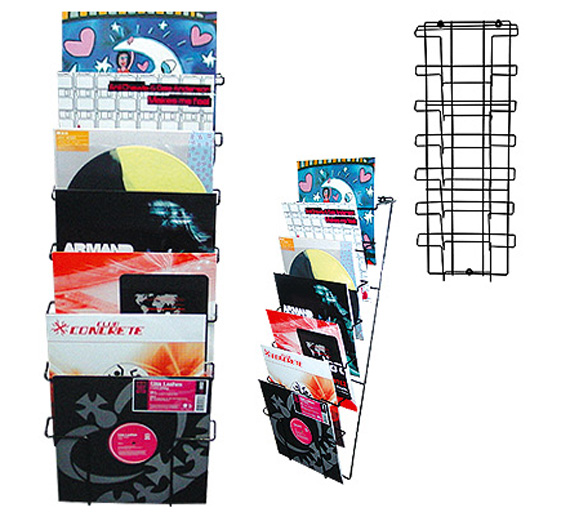
 Post a Comment
Post a Comment 

